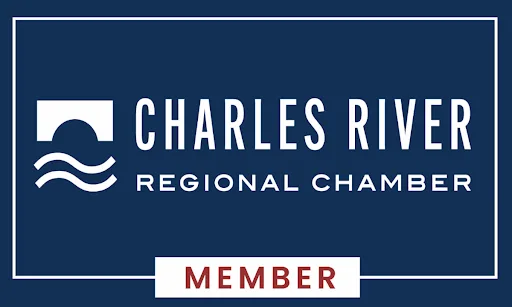Symptoms of Polysubstance Abuse
Clinically Reviewed by Dr. Kate Smith

Polysubstance use is defined as using and abusing more than one substance at a time, like alcohol and cocaine, for example. If you are struggling with multiple substance addictions, you may be suffering from polysubstance abuse. It does not matter why you began using drugs or alcohol, but it does not have to control your life. If you see polysubstance abuse signs and symptoms in yourself or a loved one, treatment is available to help you overcome and recover.
Contact the medical professionals at Greater Boston Addiction Centers online today or call us at 877.920.6583 to learn how our polysubstance abuse treatment in Boston can start your recovery.
What Is Polysubstance Abuse?
Simply put, polysubstance abuse is when you take more than one drug (including alcohol) at a time. Typically, people who exhibit polysubstance abuse signs and symptoms and suffer from a polysubstance abuse disorder are using a mixture of drugs and alcohol to attain an altered state that is more intense than the high achieved from just one substance. A user will likely have a preferred drug at the core of their habit, but they will combine that one with one or more substances. This leads to increased risks of health complications or even death since more than one addictive substance in a person’s system can interact in unexpected ways.
For example, to further illustrate and explain polysubstance abuse, individuals who abuse opioids like heroin or prescription painkillers may decide to mix them with benzos to achieve an extremely intense feeling of relaxation. Just as the combination of drugs will increase the high, polysubstance abuse increases the danger of drug use. People with a polysubstance abuse disorder are at a greater risk of the adverse effects and overdose risk from the drugs being consumed.
Taking a variety of drugs and alcohol at the same time will likely cause unpredictable consequences for the user, some of which can be disastrous. Polysubstance abuse makes it difficult to comprehend the severe consequences of addiction and causes people to make tragic decisions. In polysubstance abuse treatment, Boston residents can begin to heal, learn and live free from the dependency on these drugs.
What Are Polysubstance Abuse Signs and Symptoms?
It may come as a surprise, but individuals diagnosed with a polysubstance abuse disorder will not necessarily be addicted to a particular drug or set of drugs. Instead of being addicted to a drug, they are addicted to the intensely pleasurable feeling of being high. As a result, they will use whatever substances they can get their hands on to accomplish their goal of getting high again.
Typically, polysubstance abuse is defined as using at least three different substances simultaneously to get high. However, some medical experts will choose to answer the question, “what is polysubstance abuse?” by saying that the use of two substances simultaneously will qualify as polysubstance abuse. The actual substances being used can vary because any addictive substance can be a part of polysubstance abuse and deliver polysubstance abuse signs and symptoms. Alcohol is the most common base substance that will be a part of the polysubstance abuse disorder in most people, while some of the other drugs used in cases of polysubstance abuse include:
- Marijuana
- Prescription painkillers
- Benzos
- Opiates
- Amphetamines
- Hallucinogens
- Inhalants
Although most polysubstance abuse includes mixing illegal drugs and alcohol, prescription medications can also be involved as the user tries new ways to mix substances and achieve the thrill of feeling high. These are doctor-prescribed medications that were once intended to ease physical or emotional pain. Sadly, they become misused, are used recreationally, and then become a part of a polysubstance abuse and addiction disorder.
Symptoms of Polysubstance Abuse
To be diagnosed with a polysubstance abuse disorder, you must meet specific criteria. First, you must be using at least three different substances at once, but not all addictive substances will count during a diagnosis. While both addictive substances, Nicotine, and caffeine, are not a part of the polysubstance abuse puzzle.
Second, to be diagnosed with a polysubstance abuse disorder, you will have exhibited a minimum of three of the following polysubstance abuse signs and symptoms within the last 12 months:
- Losing control and using drugs more
- Inability or unwillingness to stop using the drugs
- A tolerance has been developed, meaning you need more drugs and larger doses to get high
- Withdrawal symptoms occur when using
- Abandoned hobbies, passions, social life, and interests
- An excessive amount of time spent acquiring, thinking about, and using drugs
Learn More at Greater Boston Addiction Centers
Contact the Greater Boston Addiction Centers if you recognize the polysubstance abuse signs and symptoms in yourself or a loved one. Reach out through our secure online form or call us confidentially at 877.920.6583 today to learn more about our polysubstance abuse treatment in Boston.
Live Sober
Live Connected
Greater Boston Addiction Centers
Rehab Blog

